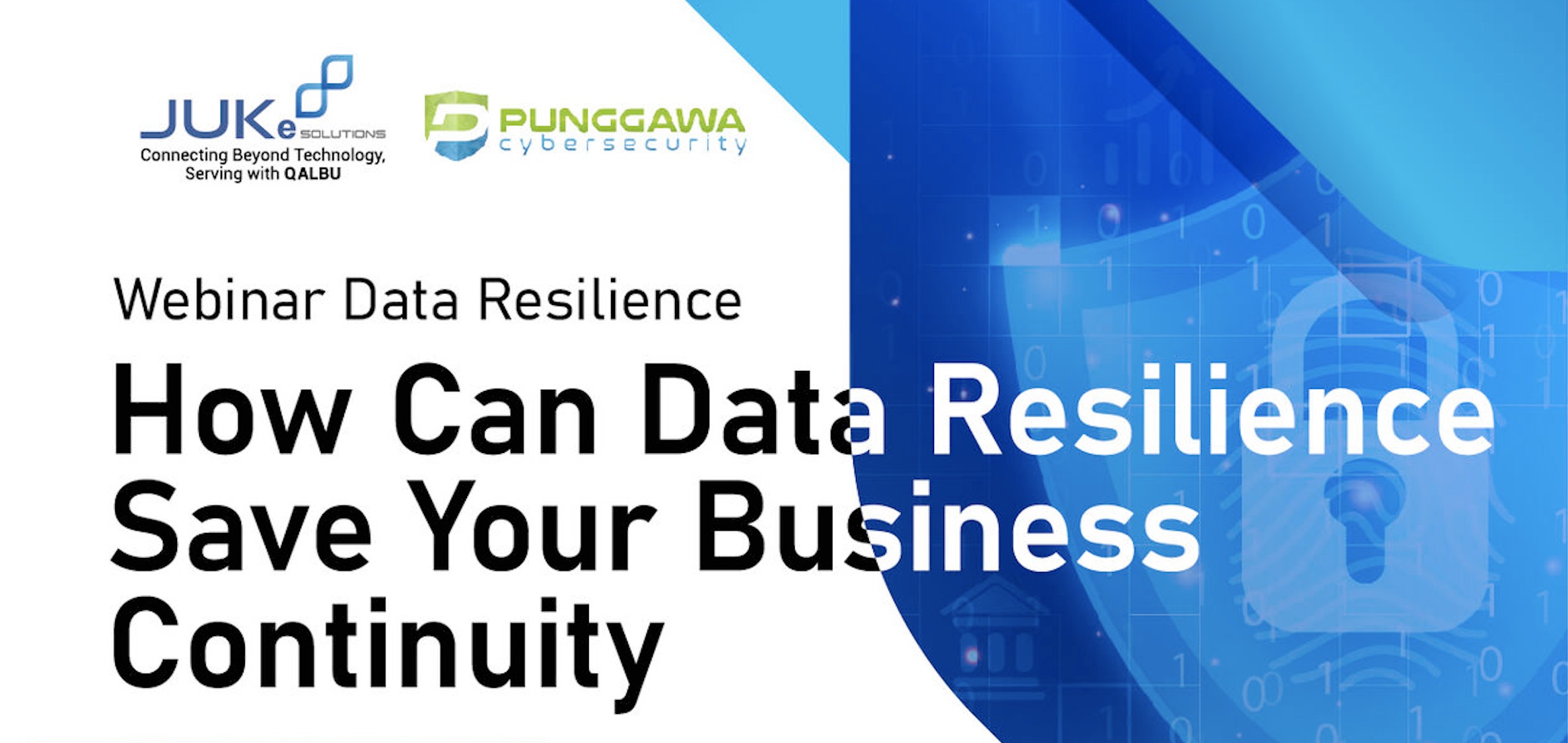
WEBINAR: Mitigating Cyber Threats and Ensuring Business Continuity
In an increasingly digital age, organizations around the world face serious challenges from cyber threats. These threats can not only result in significant financial losses, but also damage a company’s reputation. As a result, it is becoming increasingly important for every organization to develop effective strategies to address and mitigate these cyber threats to ensure business continuity.

One approach your organization can take to combat cyber threats is implementing Data Resilience and a Cyber Forensic & Cyber Security Operation Center (CSOC).
Data Resilience is the ability of a system to remain functional and maintain the availability, integrity, and confidentiality of data in the face of disruptions or attacks.
Meanwhile, a Cyber Forensic & Cyber Security Operation Center (CSOC) is responsible for detecting, analyzing, and responding to security incidents within an organization.
How can these two strategies help your organization address cyber threats? Let’s dive into the following explanations:
1. Monitoring and Detection
Cyber Security Operation Center (CSOC) is a centralized function within an organization employing people, processes, and technology to continuously monitor and improve an organization’s security posture while preventing, detecting, analyzing, and responding to cybersecurity incidents.
CSOC acts like the hub or central command post, taking in telemetry across an organization’s IT infrastructure, including its networks, devices, appliances, and information stores, wherever those assets reside. Essentially, the CSOC is the correlation point for every event logged within the organization that is being monitored. The CSOC must decide how they will be managed and acted upon for each event.
2. Recovery and Response
When attacks or disruptions occur, Data Resilience plays a critical role in the post-attack recovery process by providing backup data that can be restored to return systems to normal.
3. Cyber Forensic Analysis.
An important part of cyber forensics is the analysis of suspected cyberattacks, aiming to identify, mitigate, and eradicate cyber threats. This makes cyber forensics a critical part of the incident response process. Cyber forensics is also useful to provide the information required by auditors, legal teams, or law enforcement in the aftermath of an attack.
4. Security Enhancement
Data Resilience can be viewed as part of a broader security strategy. By ensuring that data is available, intact, and secure, organizations can reduce the attack risk and strengthen their position in protecting infrastructure and sensitive information.
By combining with a Cyber Forensic & CSOC, organizations can build a strong foundation to combat cyber threats and ensure business continuity. These measures not only help protect corporate data and assets but also strengthen customer confidence and brand reputation.


